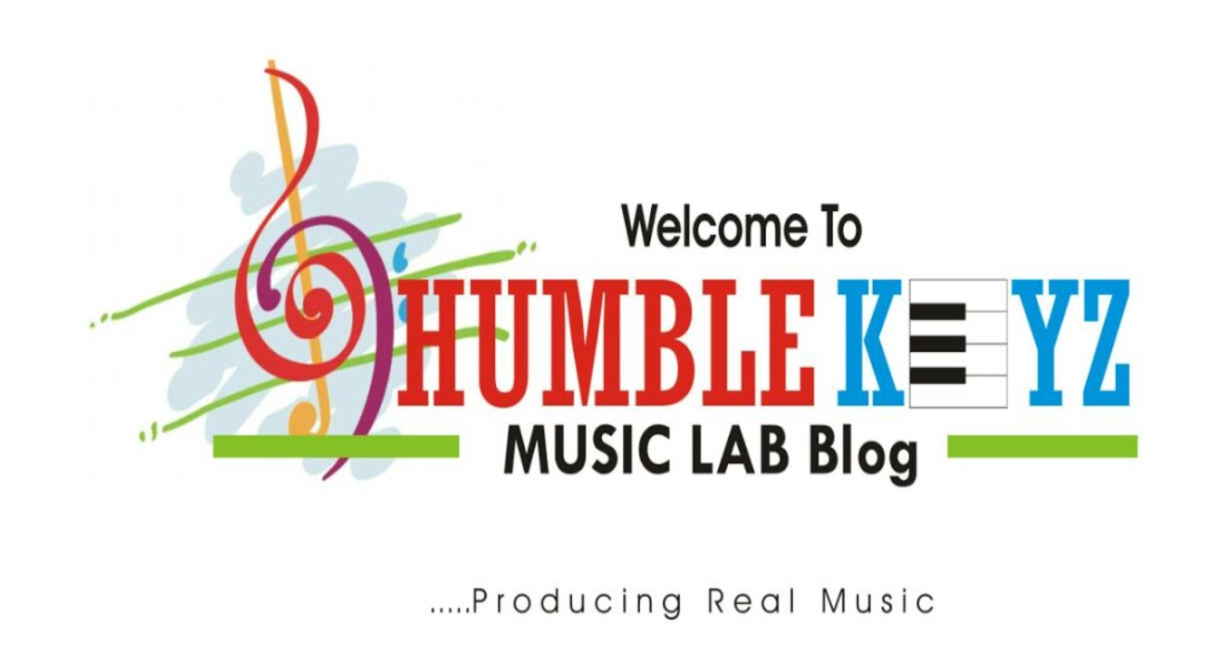Chord Voicings
Source: thejazzpianosite.com
In a previous module we learned about the theoretical aspects of Jazz Chords. In this series of lessons we will be discussing how chords are actually played in practice. This is a very important part of playing Jazz piano. A chord voicing is just a way of altering the order of and intervals between the notes in a chord. So instead of playing CMaj7 as a block chord (C E G B) we could reorder the notes and play C B E G. Playing appropriate chord voicings can make a song sound very jazzy and very professional.
Even though we are allowed to omit the root note in a chord, if you’re playing in a band often the bass player will play the root note. Otherwise, there’s nothing wrong with just leaving it out. The root note isn’t really all that important, harmonically speaking.
In short, Rootless Chord Voicings are played as follows:
Omitting Notes
In previous lessons (specifically the one on Shell Chords) we established that in Jazz we don’t need to play every single note in a chord. Specifically, it’s possible to omit the less important notes (root & 5th). Well, using this same idea, we can create rootless voicings.Rootless Chord Voicings
A smooth and popular type of chord voicing are called (Bill Evans style) Rootless Chord Voicings. As the name suggests, these chord voicings exclude the root note. Instead of the root (and sometimes the 5th) we play chord tensions. This gives us a jazzy sound (because of the tensions) while not being too crowded (you only ever play 4 notes because we drop the root).Even though we are allowed to omit the root note in a chord, if you’re playing in a band often the bass player will play the root note. Otherwise, there’s nothing wrong with just leaving it out. The root note isn’t really all that important, harmonically speaking.
In short, Rootless Chord Voicings are played as follows:
- For Major and minor chords play: 3rd, 5th, 7th, 9th
- For V7 chords play: 3rd, 7th, 9th, 13th



